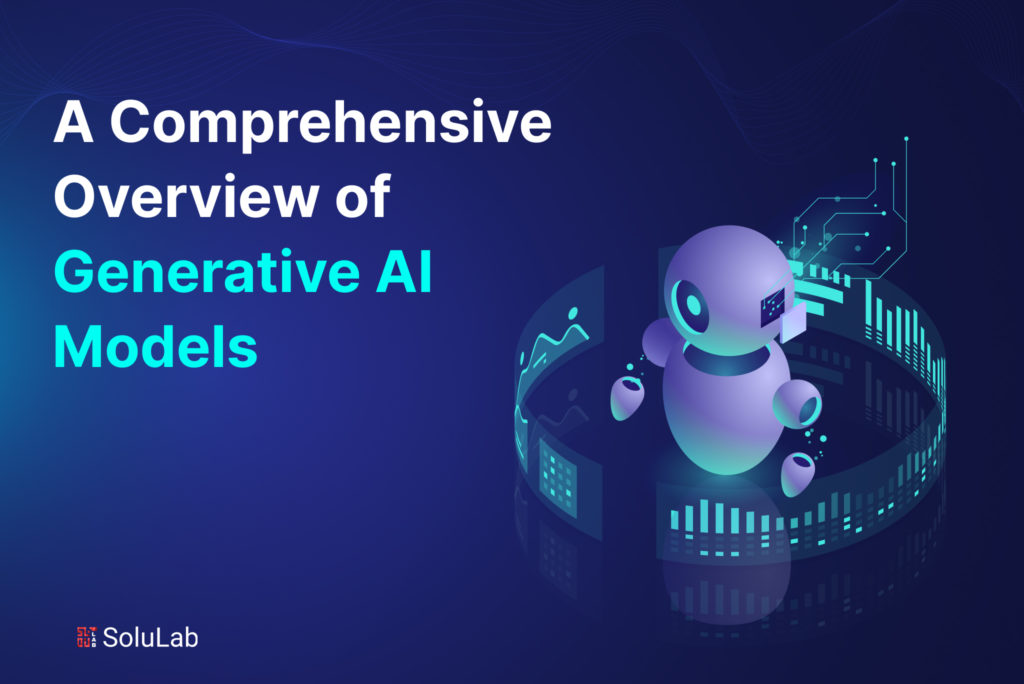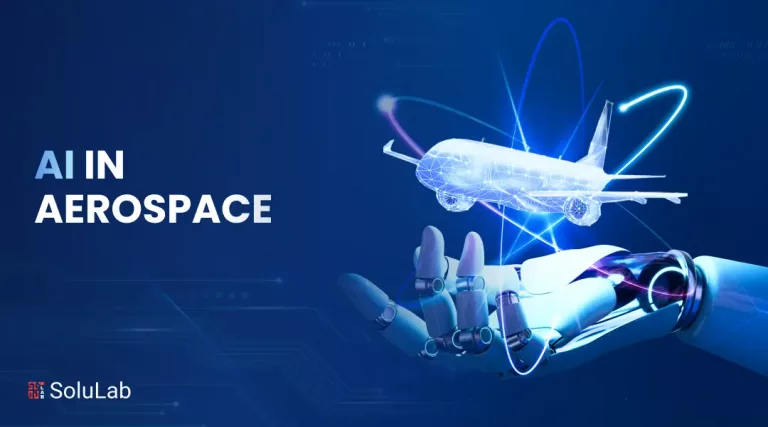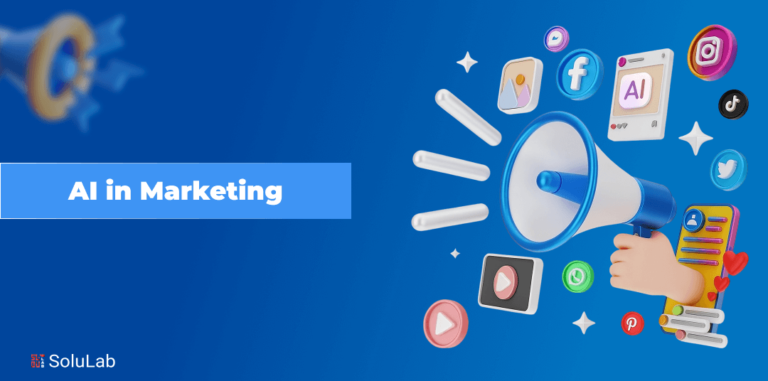
A novel partnership between content producers and a technical force known as generative AI is beginning to take shape in a world where imaginative people are always searching for new inspiration. Combining human creativity with the computational power of algorithms is changing the creative scene, testing limits, and creating new opportunities.
Imagine a writer who is experiencing creative paralysis as they stare at a blank page. Now introduce ChatGPT, a potent generative AI tool with amazing text-generation powers. This digital helper comes to life with a single click, providing the writer with an abundance of ideas—compelling stories, nuanced character development, and complex plot twists.
A new chapter in the history of content production has begun with this dynamic collaboration between creators and technology. The lines between creation and creator might become more hazy as a result of creators being empowered by generative AI to overcome artistic and creative constraints.
With the help of sophisticated neural networks and AI algorithms, generative AI enables machines to make decisions independently and creatively, beyond the limitations of traditional rule-based programming. Generative AI systems may produce new material, mimic human behavior, compose music, write code, and produce beautiful visual art by utilizing enormous quantities of data and machine learning capabilities.
Generative AI: What is it?
A subfield of artificial intelligence known as “generative AI” is concerned with giving robots the ability to produce unique and original information. Generative artificial intelligence (AI) uses sophisticated algorithms and neural networks to generate outputs that spontaneously resemble human creativity and decision-making, in contrast to classic AI systems that adhere to preset rules and patterns.
Large datasets may be used to train generative AI models, which then use those learned patterns and structures to identify hidden patterns. After being trained on examples, these models may produce new material that is quite similar to the ones they were taught on, including text, photos, music, and even films. Similar patterns, styles, and semantic coherence may be produced by generative AI systems by examining the data and comprehending its underlying properties.
What is a generative AI model? Recognizing its different parts
The phrase “generative AI” refers to a more general idea that includes all branches of artificial intelligence that are concerned with producing new data or content. It alludes to the more extensive study, methods, and approaches needed to build artificial intelligence (AI) systems that are capable of producing novel and creative output. Conversely, an architecture or specialized implementation intended to carry out generative tasks is referred to as a generative AI model. This kind of artificial intelligence model creates fresh output that is comparable to the training data it was exposed to by learning from the data that already exists. There are many applications for generative AI models, such as text and picture production, music composition, and more. Furthermore, it’s critical to remember that different generative AI models have different sets of constituents. The particular elements of a generative AI model might change based on the model’s design and intended use. Different components or versions of them may be used by different kinds of generative AI models. Here are some illustrations of generative AI models together with their distinctive elements:
- Variational Autoencoders (VAEs): The components of variational autoencoders (VAEs) are a latent space, a decoder network, and an encoder network. While the decoder creates new outputs from the latent space, the encoder translates the input data to a representation in latent space.
- Generative Adversarial Networks (GANs): A discriminator and a generator are the two primary parts of a GAN. While the discriminator assesses and separates the created samples from genuine ones, the generator creates new samples, such as pictures.
- Transformers: In jobs involving natural language processing, transformers are frequently utilized. They are made up of encoder and decoder layers, which allow the model to produce text sequences or perform cross-language translations.
- Autoencoders: A decoder plus an encoder make up an autoencoder. The original data is reconstructed from the latent space by the decoder after the encoder compresses the input data into a latent representation. Autoencoder variants that incorporate more elements to improve generative capabilities include variational autoencoders and denoising autoencoders.
It’s crucial to remember that the precise specifications of the generative AI job and the intended output determine the kinds and designs of the components in a generative AI model. The components that various models use will vary depending on the features they emphasize, such as text production, image generation, or music composition.
Relevance of generative AI models across different domains
The fields of art, entertainment, healthcare, and other businesses are among the many that generative AI has a significant influence on. These models are capable of solving complicated issues, automating repetitive operations, and providing individualized experiences. Let’s examine a few areas where generative AI is having a significant impact.
- Art and Design: By helping with idea generation, facilitating creative exploration, automating tedious activities, and promoting collaborative production, generative AI plays a vital role in art and design. By learning from and collaborating with artists, it improves user experiences through tailored content and strengthens artistic abilities. Real-time procedural visuals and interactive installations are produced by generative AI-powered creative tools and software.
- Medicine and Healthcare: The healthcare industry has also been impacted by generative AI models. They are essential in the diagnosis of diseases, prognostication of treatment results, drug customization, and processing of medical pictures. By using accurate and efficient treatment methods, healthcare providers can enhance patient outcomes. These models also save time and money by automating operating procedures. By facilitating customized and effective therapies, generative
- Natural Language Processing (NLP): Natural language processing (NLP) is significantly impacted by generative AI models. They can produce language that sounds a lot like human speech, which is useful for chatbots, virtual assistants, and content creation tools. These models do well in text summarization, sentiment analysis, and language modeling. Generative AI models are used by businesses to evaluate enormous amounts of textual data, improve the efficiency of content generation, and automate customer care. Generative AI models have the potential to completely transform natural language processing (NLP) by enabling human-like conversation and improving language understanding.
- Music and Creative Composition: By offering automated methods for producing melodies, harmonies, and whole musical compositions, generative AI has made the process of writing music easier. It may help performers experiment with arrangements, discover new genres, and produce original soundscapes.
- Gaming and Virtual Reality: Generative AI is essential to the development of immersive virtual worlds and gaming experiences. It may provide dynamic storyline components, lifelike non-player characters (NPCs), and realistic landscapes. The creation of interesting and captivating gameplay by game creators is made possible by generative AI, which improves the entire gaming experience.
- Fashion and Design: To produce distinctive garment designs, patterns, and textures, generative AI is employed in the fashion industry. It aids in creative combination-making, best use of fabrics, and customization of style advice for clients by designers. The fashion industry benefits from generative AI’s efficiency, innovation, and personalization.
- Robotics and Automation: The advancement of automation and robotics is greatly aided by generative AI. It makes it possible for robots to carry out difficult jobs, learn from and adapt to new settings, and engage with people more organically. Robots driven by generative AI have the potential to improve logistics, industrial, and even healthcare environments.
Generative AI model types
Numerous generative AI models exist, each with special techniques and uses. Typical generative AI models include:
- Generative Adversarial Network (GAN): The term “generative adversarial network” (GAN) refers to a class of deep learning models that creates fresh data that is comparable to the training set. Many applications, including text production, music composition, and visual synthesis, have seen successful use of GANs. A generator and a discriminator are the two neural networks that make up a GAN, and they cooperate to enhance the model’s outputs. While the discriminator network distinguishes between the produced and source data to determine which is more similar to the original data, the generator network creates new content or data that resembles the source data. Frequently employed in picture and video creation tasks, GANs have demonstrated remarkable outcomes in producing lifelike images, animated graphics, and even artificial human faces. They are also employed in other fields, such music production, fashion design, and natural language processing.
- Transformer-based Models: These models are mainly employed for tasks related to natural language processing, including text production, summarization, and language translation. Unlike standard NLP models, the Transformer model concurrently attends to every word in the input sequence using a self-attention mechanism, which enables it to capture context and long-range relationships. Language translation is one of the most popular applications of the Transformer model for generative AI. As a useful tool for producing high-quality writing in a variety of circumstances, the Transformer model can capture intricate language patterns and subtleties.
- Variational Autoencoder (VAE): For unsupervised learning, generative deep learning models known as VAE models are employed. To discover the fundamental organization and dispersion of a dataset, they integrate the ideas of probabilistic modeling and autoencoder. While the decoder reconstructs the data from the latent space, the encoder maps the input data to a lower-dimensional latent space. Two goals are optimized by VAEs: regularization loss and reconstruction loss. By taking samples from the learned latent space distribution, they are able to produce fresh data samples. Applications for VAEs include data compression, picture and text production. They are an effective framework for representation learning, generative modeling, and unsupervised learning.
- Autoregressive Models: Autoregressive models: These generative AI models create fresh data by utilizing probability distribution. One piece at a time, they create the new content by conditioning the earlier elements to bring the full dataset. Text, audio, and image sequences are routinely produced by these models. For example, depending on the words that come before it, a language model may be trained to predict the likelihood of each word in a sentence. Starting with a starting word or set of words, the model would generate each of the subsequent words one at a time using its predictions. Autoregressive models may be made with artificial neural networks called Recurrent Neural Networks (RNNs).In tasks involving speech recognition and natural language processing, autoregressive models are widely used. They are also utilized in the production of images and videos, where a model uses the previous frames as a basis to create a new picture or video frame.
- Boltzmann Machines: The Boltzmann Machine is an unsupervised generative model that makes inferences about unknown data by learning a probability distribution from a single dataset. A collection of binary units coupled by weighted links make up a Boltzmann machine. Because Boltzmann machines may create new data samples by taking samples from the probability distribution they have learnt, they are considered generative models. This makes them valuable for a range of applications, including recommendation systems, anomaly detection, and picture and speech recognition.
- Flow-based Models: These robust generative models are employed to produce realistic, high-quality data samples. Recently, these models have gained popularity because to their ability to generate high-quality content, manage large datasets, and perform efficient inference. When compared to other forms of generative AI models, flow-based models provide several advantages. It is possible to handle large datasets with high dimensional input, to generate high-quality samples without the need for adversarial training, and to do efficient inference by only calculating the probability density function. They can be computationally expensive to train, especially for complex datasets, and they might not be as flexible as other models for replicating complex distributions.
How Do Models of Generative AI Work? The methodical procedure
A big dataset’s patterns and data are analyzed by generative AI models, which then use their newfound knowledge to produce new content. It is possible to divide the procedure into many phases.
- Data Gathering: Compiling a sizable dataset of examples is the initial stage in developing a generative artificial intelligence model. This dataset will be used by the model to inform its learning. These examples might be any type of dataset form that the model is meant to generate, such as text, audio, photos, or any other format.
- Preprocessing: Prior to being fed into the generative AI model, the collected data has to be preprocessed. In order to do this, the data has to be cleansed, error-free, and organized into a format the model can understand.
- Training: The preprocessed data must now be used to train the generative AI model. Through the use of machine learning algorithms to analyze the correlations and patterns found in the training data, the model gains the ability to generate new content based on these patterns.
- Validation: After training, the model has to be checked to make sure it is generating accurate data. The model’s accuracy and performance are assessed when it is tested using a set of distinct and unutilized sample data.
- Generation: The model may be used to create new material after it has been trained and validated. The model receives a set of input parameters or data in order to accomplish this. After that, it uses the patterns and guidelines it has learnt to create new material that is similar to the training set of data.
- Refinement: The produced content may be enhanced or polished by human experts. To make sure the material satisfies certain standards or needs, this may involve selecting the top outputs from the generative AI model or making small adjustments.
Generative AI Models’ Applications in Several Sectors
Applications for generative AI models are numerous and span numerous sectors, such as:
- Healthcare: Synthetic medical pictures for diagnostic model training, treatment process automation, and patient data generation for research may all be accomplished with the help of generative AI models.
- Finance: Synthetic financial data for risk analysis and portfolio management may be produced using generative AI models.
- Gaming: The gaming industry may utilize these models to produce game material, including characters, backdrops, 3D picture graphics, and landscapes.
- E-commerce: They may be used to create product lists, descriptions, suggestions, and picture displays in e-commerce.
- Advertising: Personalized ads, marketing campaigns, banners, and product suggestions for a range of genres may all be produced using generative AI models.
- Architecture and Design: Building designs, floor layouts, and landscapes may be created using generative AI models in architecture and design.
- Manufacturing: New product ideas, production process optimization, and the creation of 3D prototype models are all made possible by technology in the manufacturing sector.
- Natural Language Processing: They produce text, voice, and dialogue for sentiment analysis, data interpretation, conversational AI systems, and other applications.
- Robotics: Using generative AI models, robot tasks may be planned and optimized according to a number of parameters, including resource usage, safety, and efficiency. This can help robots do jobs more quickly and with more knowledge.
Conclusion
Finally, “A Comprehensive Overview of Generative AI Models” explores the complex field of artificial intelligence in great detail, paying particular attention to the transformational potential of generative AI models. Being a top provider of AI development services, SoluLab enables companies to take advantage of generative AI’s potential for innovation and expansion. Organizations may seize new possibilities and maintain an advantage in a quickly changing digital world by gaining insights into different kinds of generative AI models and their applications across sectors. Investigate the potential of generative AI with SoluLab and set off on an artificial intelligence voyage of exploration and learning.
FAQs
1. What are Generative AI Models?
Generative AI models are artificial intelligence algorithms that have the ability to generate new data, such as images, text, or sound, that is similar to the input data they were trained on.
2. What are the types of Generative AI Models?
Generative AI models come in various types, including Generative Adversarial Networks (GANs), Variational Autoencoders (VAEs), Autoregressive Models, and Flow-based Models, each with its own strengths and applications.
3. How do Generative AI Models differ from other AI models?
Unlike discriminative AI models, which are trained to classify data into predefined categories, generative AI models are trained to generate new data that resembles the input data they were trained on, allowing them to create novel content.
4. What are some applications of Generative AI Models?
Generative AI models have a wide range of applications, including image synthesis, text generation, music composition, video editing, drug discovery, and virtual reality content creation.
5. How are Generative AI Models trained?
Generative AI models are typically trained using large datasets of example data, such as images or text, which they learn to replicate and generate new versions of. Training involves optimizing the model’s parameters to minimize the difference between the generated data and the real data.
6. What are the challenges associated with Generative AI Models?
Challenges with Generative AI Models include mode collapse (producing limited diversity in generated samples), training instability, and ethical considerations surrounding the potential misuse of generated content.
7. How can SoluLab assist businesses with Generative AI Model development?
SoluLab specializes in AI development services and can assist businesses in leveraging Generative AI Models for various applications. With our expertise in AI development, we can tailor Generative AI solutions to meet the specific needs and objectives of our clients, helping them unlock new opportunities for innovation and growth.






